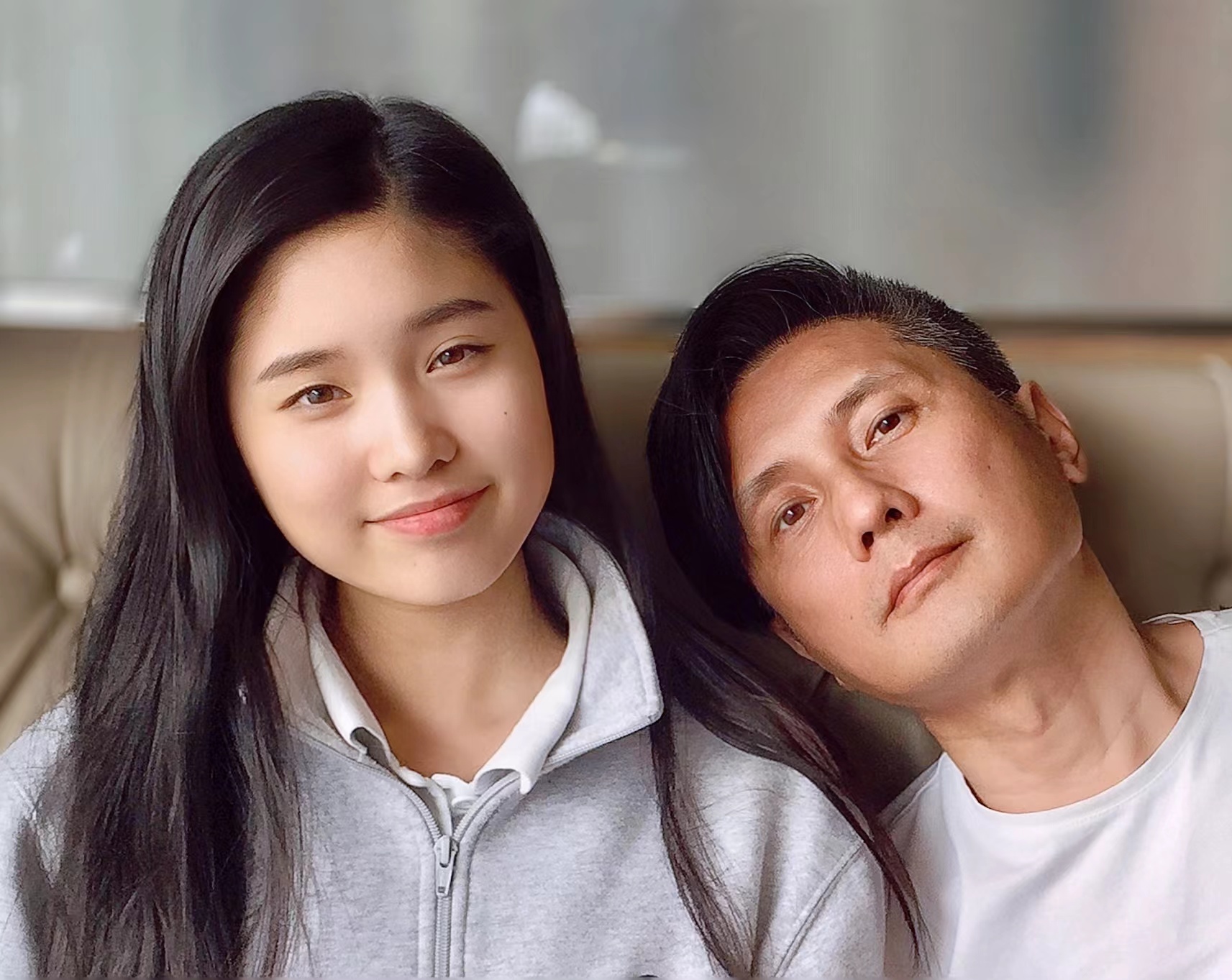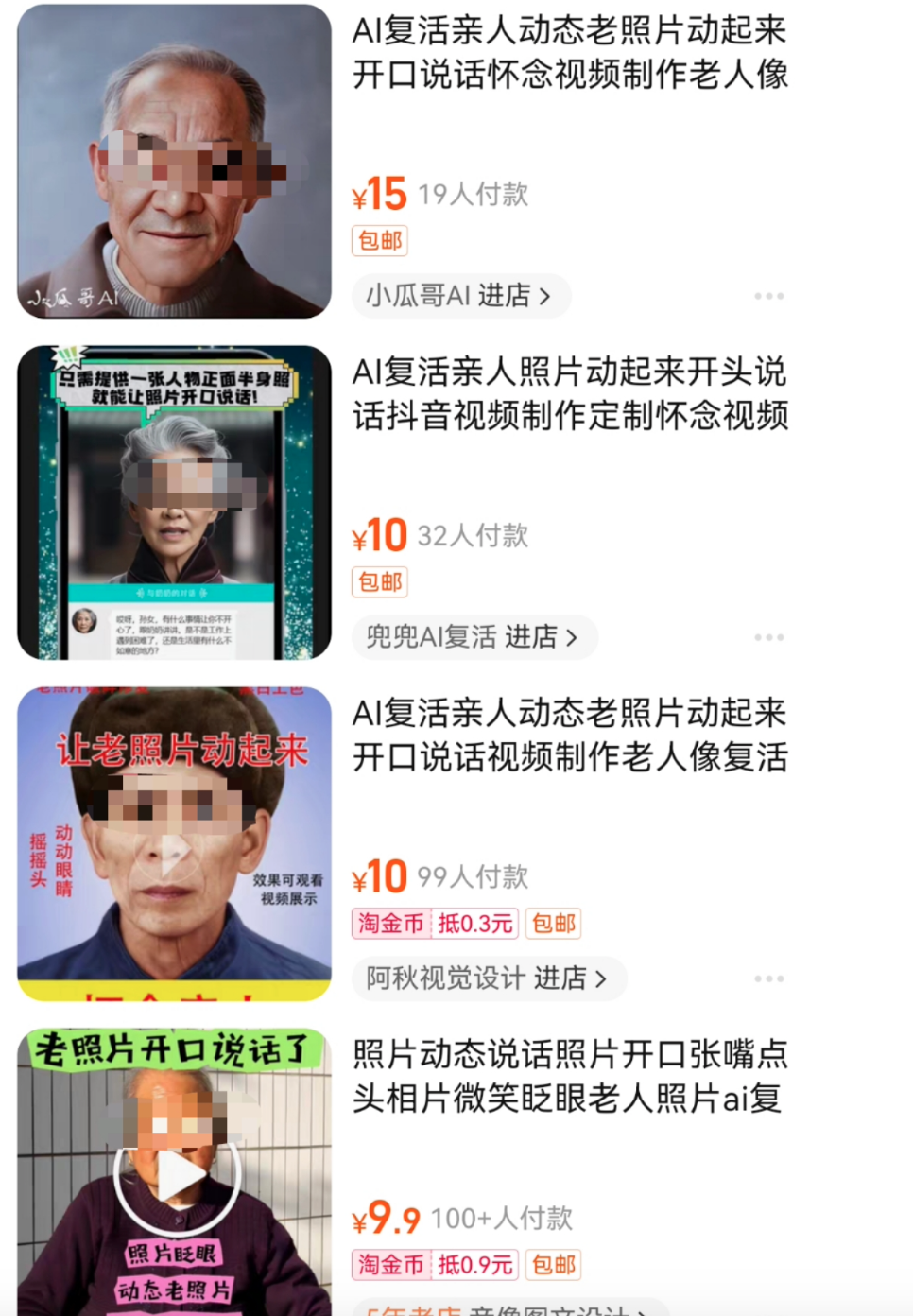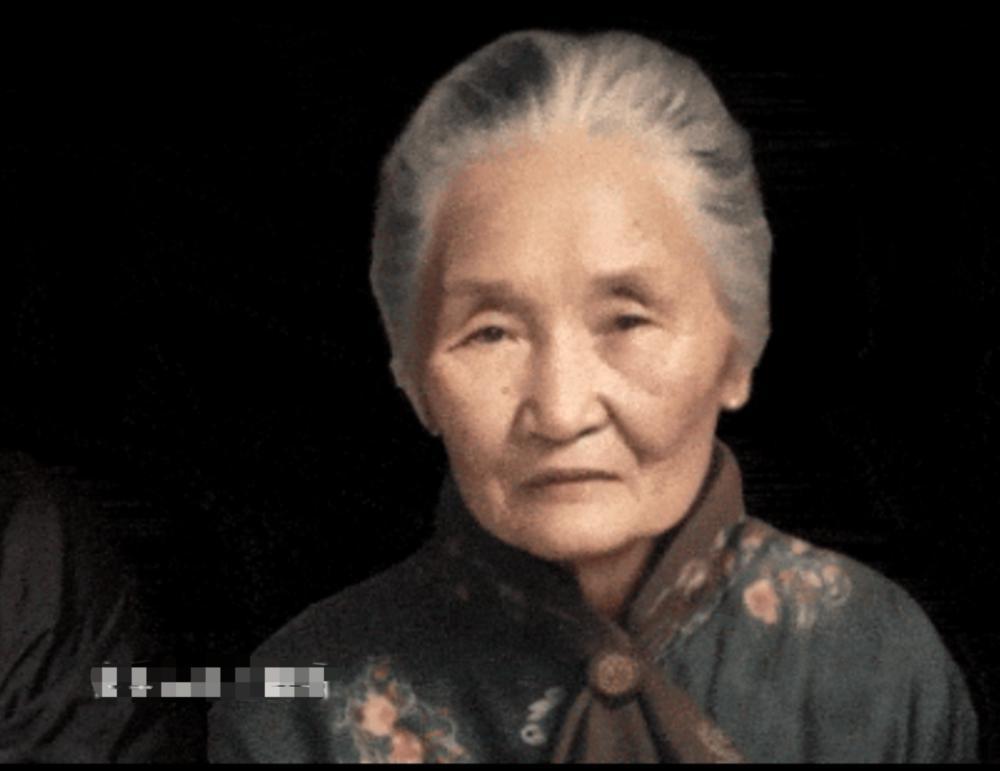
Once again, it's Qingming Festival. AI "resurrection" has become one of the most discussed topics recently. People have vastly different opinions towards AI "resurrection" technology. For instance, musician Bao Xiaobai "resurrected" his daughter, but several deceased celebrities' families asked fans to stop privately "resurrecting" idols.
 Zhang Zewei ventured into AI "resurrection" related businesses early last year, making him a pioneer in this field in China. Prior to Qingming Festival, Zhang Zewei was extremely busy, receiving dozens of inquiries about "resurrection" every day. As of now, Zhang Zewei's team has completed over 1000 "resurrection" orders.
Zhang Zewei ventured into AI "resurrection" related businesses early last year, making him a pioneer in this field in China. Prior to Qingming Festival, Zhang Zewei was extremely busy, receiving dozens of inquiries about "resurrection" every day. As of now, Zhang Zewei's team has completed over 1000 "resurrection" orders.
According to Zhang Zewei, the so-called "resurrection," while sounding mystical, is actually the replication of the digital image of the deceased based on the data provided by the client and their demands. Clients only need to provide a video of over 10 seconds, frontal photos, and audio of over 15 seconds, and Zhang Zewei's team can model and produce a digital humanoid image. The production process takes merely a week.

Zhang Zewei stated that he has received requests from fans to produce "digital idols," but he rejected them due to lack of authorization." We will communicate with and screen clients beforehand. If they cannot provide relevant relationship and authorization proofs, we will not provide the service," Zhang Zewei said.
What legal risks could AI "resurrection" technology result in? Liao Jianxun, a senior partner at Guangdong Guoding Law Firm, believes that there are risks of infringing upon the personality rights of the deceased. If AI technology is used to replicate and reuse the image, voice, and other personal features of the deceased without the consent of the deceased or their family members, it may infringe upon the personality rights of the deceased, such as portrait rights and privacy rights. There are also risks of infringing upon copyright. If AI "resurrection" technology is used to produce and release original works of the deceased, such as songs, movie clips, etc., it may involve copyright infringement issues. There is also a risk of fraud: unscrupulous individuals may use AI "resurrection" technology for fraud, which not only infringes upon the interests of the deceased and their family members but may also harm public interests.
 Zhang Linghan, a professor at the Institute of Data Law and Governance at China University of Political Science and Law, believes that there are generally two criteria for judging whether an AI "resurrection" product is illegal or infringing: for individuals, whether the processing of their name, portrait, and personal information is legal; for the public, whether the AI "resurrection" product is used for purposes other than mourning, thus misleading public opinion and harming public interests.
Zhang Linghan, a professor at the Institute of Data Law and Governance at China University of Political Science and Law, believes that there are generally two criteria for judging whether an AI "resurrection" product is illegal or infringing: for individuals, whether the processing of their name, portrait, and personal information is legal; for the public, whether the AI "resurrection" product is used for purposes other than mourning, thus misleading public opinion and harming public interests.

As one of the first professors to offer a "Study of Life and Death" course in domestic universities, Professor Hu Yian of Guangzhou University believes that people's choice to use AI to "resurrect" the deceased may stem from curiosity about new technology and an attempt to alleviate longing for loved ones and find solace in the semblance of presence that these digital recreations provide.
Yuan Jie, a specially appointed researcher at the School of Psychology, South China Normal University, believes that the so-called "digital doppelgangers" are fundamentally no different from photos and relics of loved ones, except that the emergence of new technology provides a more visual and immersive connection, which can provide some psychological comfort to people. However, users must be vigilant against the risks of excessive indulgence.
Source:Yangcheng Evening News
AI“复活”逝者:科技进步能跨越生死界限?
又是一年清明时。AI“复活”成为最近讨论热度最高的话题之一,从音乐人包小柏“复活”女儿,到多位已故明星家属责令粉丝停止私自“复活”偶像的行为,不同的人对于AI“复活”技术有着迥异的态度。
张泽伟在去年年初就涉足AI“复活”相关业务,是国内这一领域的先行者。清明节前,张泽伟忙得团团转,他每天都会接到二三十单咨询“复活”业务的电话。截至目前,张泽伟的团队已经完成了1000多笔“复活”订单。
张泽伟告诉记者,所谓“复活”,听起来神秘,实则是依据客户提供的数据和实际需求,复刻逝者的数字形象。客户只需要提供一段10秒以上的视频,正面形象照片和15秒以上的音频,张泽伟的团队就能建模制作出数字人形象,制作过程在一周左右。
张泽伟表示,他也曾收到过粉丝要求克隆“数字偶像”的要求,但由于没有授权,都拒绝了。“我们会对客户进行前置的沟通和筛选,如果无法提供相关的关系证明、授权证明,我们是不会提供服务的。”张泽伟说。
AI“复活”技术的背后有哪些法律风险?广东国鼎律师事务所高级合伙人廖建勋律师认为,一是侵犯逝者人格利益的风险,如果在未经逝者生前或家属同意的情况下,使用AI技术复制和再利用逝者的形象、声音等个人信息,可能会侵犯逝者的人格利益,包括肖像权、隐私权等;二是侵犯著作权的风险:如果AI“复活”技术被用于制作和发布逝者的原创作品,如歌曲、影视片段等,这可能涉及侵犯著作权问题;三是诈骗的风险:不法分子可能会利用AI“复活”技术进行诈骗,这种行为不仅侵犯了逝者及其家属的利益,还可能对公共利益造成危害。
中国政法大学数据法治研究院张凌寒教授认为,判断一个AI“复活”的产品是否违法或侵权,一般有两个标准:对个人而言,姓名肖像和个人信息的处理是否合法;对公众而言,(AI“复活”产品)是否存在被使用在悼念之外的目的,进而误导舆论,损害公共利益。
作为最早在国内高校开设《生死学》课程的教授,广州大学教授胡宜安认为,人们之所以会选择用AI“复活”逝者,一方面可能出于对新技术的猎奇心理,另一方面则是试图缓解对亲人的思念,寻求一种替代性的满足。
华南师范大学心理学院特聘研究员袁杰则认为,所谓的“数字分身”,和亲人的照片、遗物没有本质区别,只不过新技术的出现提供了一种更加形象化、沉浸式的连接,能够让人们得到一些心理上的安慰,但也必须警惕使用者过度沉湎其中的风险。
文|记者 王隽杰
翻译 | 刘佳慧
-
Organ coordinator: Serving as 'shuttle' for life relay
2024-04-06 23:20:47 -
French musical 'Don Juan' to premiere in Guangzhou in April
2024-04-05 21:48:58 -
Guangdong tourism ranks second nationwide on first day of Qingming Festival holidays
2024-04-05 21:48:58 -
Guangzhou participates in the G20 Sustainable Finance Working Group Meeting
2024-04-05 21:48:58






